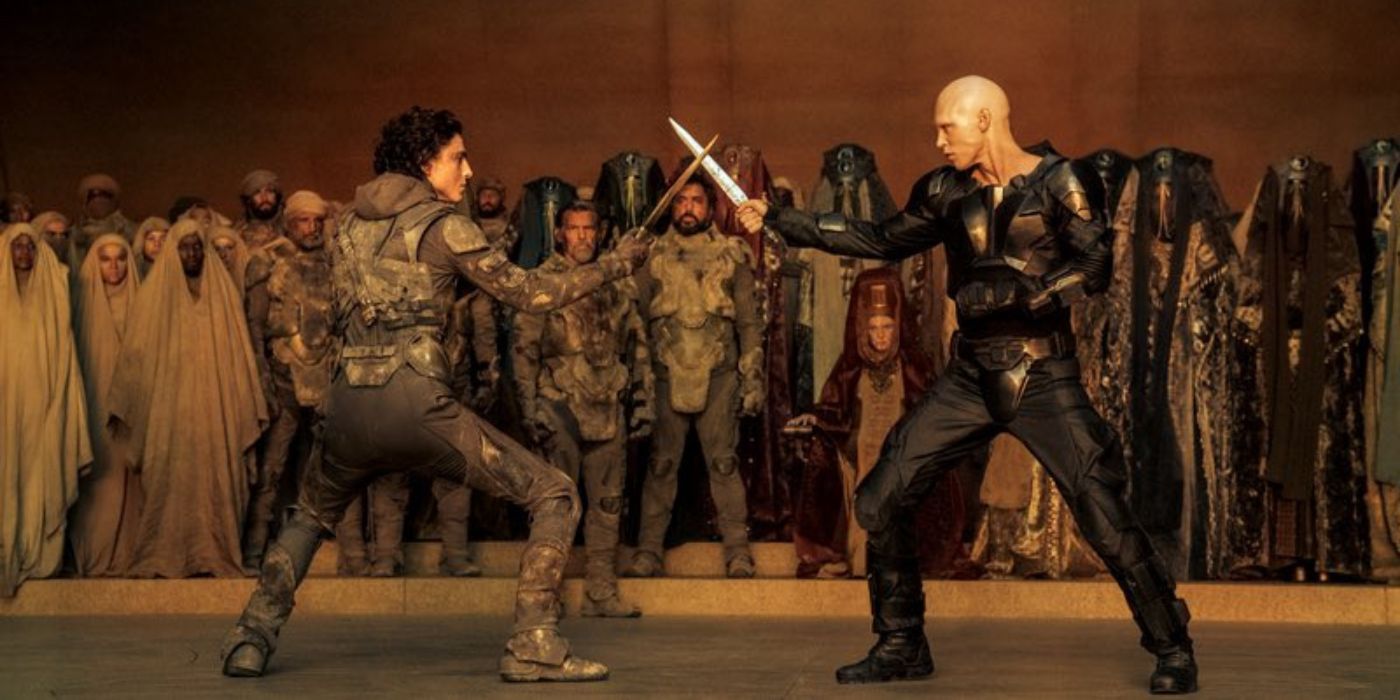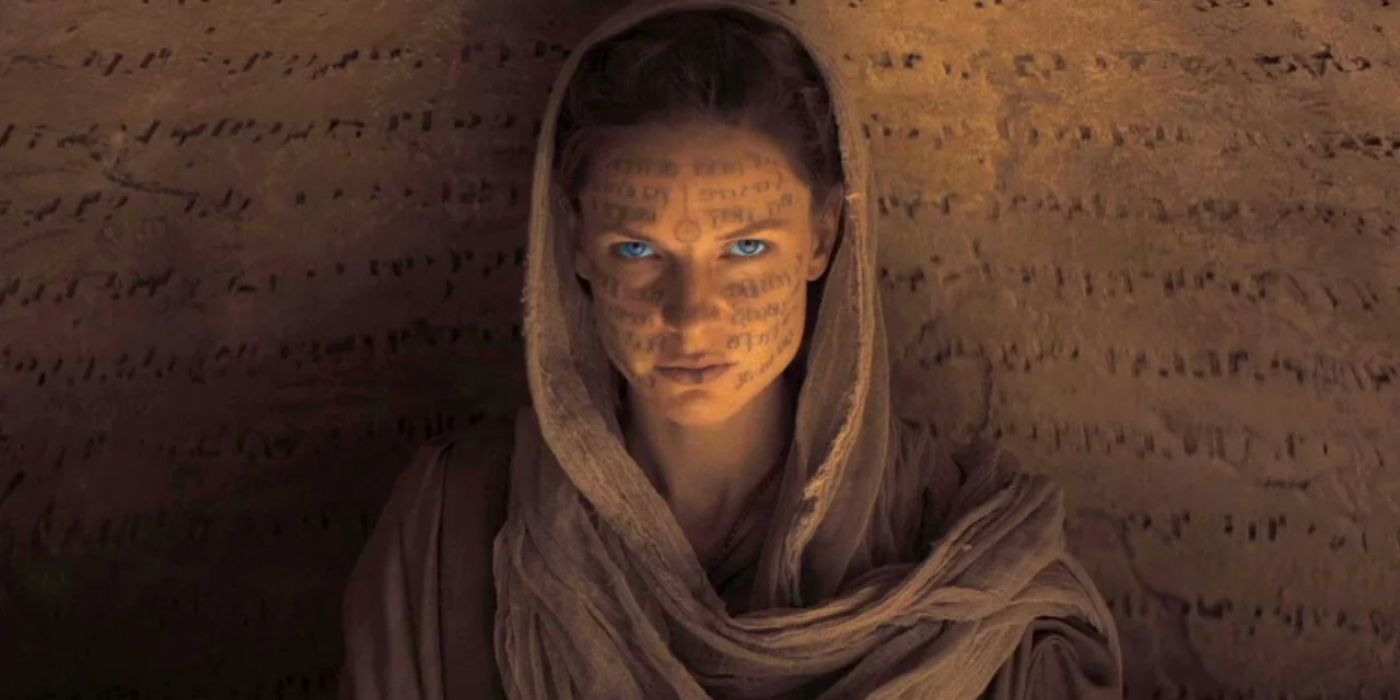Dune: Part Two director Denis Villeneuve made the big shift from Frank Herbert’s book ‘to put more pressure on Paul.’
Dune: Part Two emerges as a testament to the art of adaptation, charting a course that both honors and deviates from Frank Herbert’s original masterpiece. With Denis Villeneuve at the helm, the film boldly reimagines crucial story elements, especially the depiction of Lady Jessica, portrayed by Rebecca Ferguson, and the unborn Alia Atreides, portrayed by Anya Taylor-Joy.
This creative decision was born out of a desire to amplify the tension surrounding Paul Atreides’, played by Timothée Chalamet, journey and to enhance Jessica’s role during her pregnancy. Villeneuve regarded this as a moment to uncover a unique dimension of the story that hadn’t been shown on screen before, particularly from a science fiction perspective, per Entertainment Weekly. The director’s choice to have Jessica converse with her unborn child serves as a powerful illustration of the Water of Life’s transformative power and offers a deeper insight into the concept of Alia as an “abomination” in the eyes of the Bene Gesserit. Villeneuve explained:
“I was deeply happy with the fact that Anya accepted this challenge of playing a ghost and a secret. I cannot believe that we kept the secret that long. It required so much work to keep that secret. Everybody signed with their blood.”
“It came out of screenwriting discussions with Jon [Spaihts], when we were trying to figure out how to increase tension and create more momentum in the story. To put more pressure on Paul, we decided to compress time. We had this idea that we could create the feeling of the progression of time through Jessica’s pregnancy. I thought this was really fresh and original to have a character who is pregnant and still a powerful woman, a central figure of the story. I don’t remember having seen that, especially in a sci-fi movie, and it gave me the opportunity to develop ideas that were in the book. Having her talk to her fetus was a way to illustrate the power of the Water of Life, this substance that gives you access to the past lives of previous Reverend Mothers. It was a way to more precisely express how Alia becomes this abomination.”
“When we had this idea, it was like an epiphany for me. It was one of the final bricks of the screenplay. I don’t know how the fans will react, because it’s a strong curve that we took, but I felt that it was very close to the spirit of the book. I’m very happy with this idea.”
In Herbert’s novel, Jessica’s ingestion of the Water of Life during her pregnancy endows Alia with the consciousness and abilities of a Bene Gesserit Reverend Mother. However, the film adaptation opts for a different narrative path. Due to a more condensed timeline, Alia’s birth does not occur within the film’s timeframe. Instead, she is introduced through a vision, and an innovative twist sees Jessica communicating with Alia as an embryo, with Taylor-Joy lending her voice to the role.
Dune: Part Two Reimagines Key Plot Points for the Screen








The film’s adaptation of Alia’s character represents one of its most significant departures from the book. In the novel, Alia is a four-year-old with the intellect and demeanor of a Reverend Mother. Translating this to the screen would have presented considerable challenges. By having Taylor-Joy voice Alia as an embryo and appear in a vision, the film maintains her central role in the narrative while effectively showcasing the Water of Life’s formidable power.
Additionally, the adaptation makes a crucial change to a key plot point. Instead of Alia, it is Paul who eliminates Baron Vladimir Harkonnen, played by Stellan Skarsgård, a modification that aligns with Paul’s character arc and the film’s climax. Alia’s involvement in revealing their Harkonnen heritage in a vision ensures her continued relevance to the story and the Baron’s eventual downfall.
Dune: Part Two exemplifies the challenges and rewards of adapting a beloved literary work for the screen. Villeneuve’s thoughtful alterations not only preserve the essence of Herbert’s novel but also introduce fresh elements that enhance the cinematic experience. As the story of Arrakis unfolds, this adaptation reminds us that careful and creative changes can enrich and deepen the storytelling experience.



